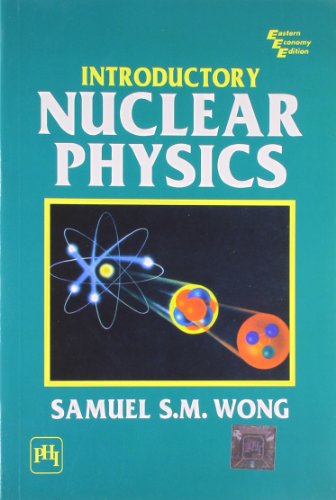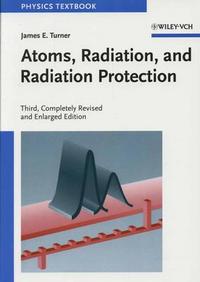
Basic concept: History and overview, some introductory terminology, units and dimensions. Nuclear properties: The nuclear radius, mass and abundance of nuclides, nuclear binding energy, nuclear angular momentum and parity, nuclear electromagnetic moments, nuclear excited states.
The forces between nucleons: The nucleon-nucleon scattering, proton-proton and neutron-neutron interactions, properties of the nuclear forces, the exchange force model.
Nuclear models: The shell model, the liquid drop model, more realistic nuclear models. Radioactive decay: The radioactive decay law, production and decay of radioactivity, growth of daughter activities, types of decays, natural radioactivity.
Nuclear reactions: Types of reactions and conservation laws, energetics of nuclear reactions, reaction cross sections.
Nuclear fission: Why nuclei fission, characteristics of fission, energy in fission, controlled fission reactions, fission reactors.
Nuclear fusion: Basic fusion processes, characteristics of fusion, solar fusion, controlled fusion reactors, thermonuclear weapons.
Accelerators: Electrostatic accelerators, cyclotron accelerators, synchrotrons, linear accelerators, colliding-beam accelerators
 Introductory Nuclear Physics
by
Introductory Nuclear Physics
by
 Introductory nuclear physics
by
Introductory nuclear physics
by
 Atomic Physics modern physics
by
Atomic Physics modern physics
by

 Introductory quantum mechanics
by
Introductory quantum mechanics
by
 Nuclear physics principles and applications
by
Nuclear physics principles and applications
by
 Atoms, Radiation, and Radiation Protection
by
Atoms, Radiation, and Radiation Protection
by





